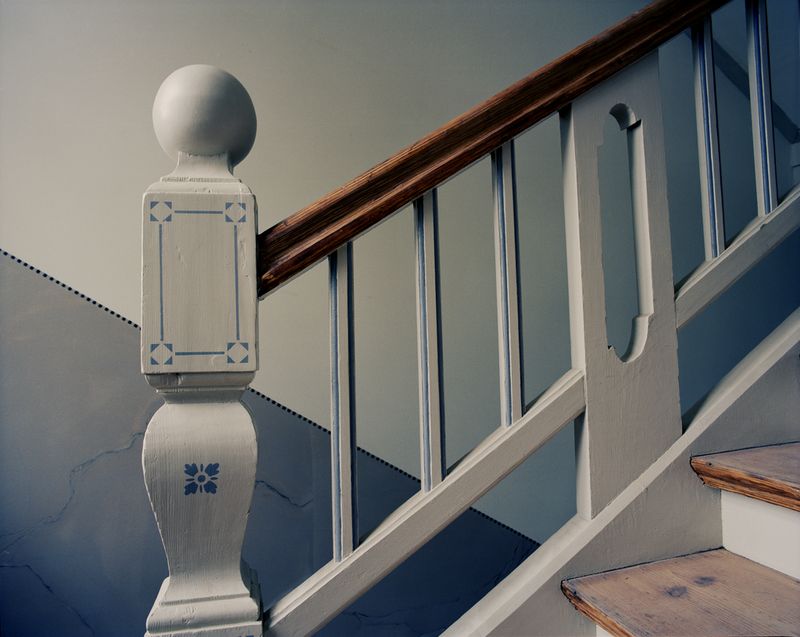Valuable tips for painting with linseed oil paint
- In the first 24 hours after applying the linseed oil paint, it should be preferably not raining since the water droplets would settle on the surface and make the paint appear blotchy.
- Linseed oil paint should be well spread out and be massaged into the wood, literally. If a too thick paint layer is applied, the paint would dry much slower for starters and, secondly, there is the danger of the paint getting wrinkles. Therefore linseed oil colours should be applied as thinly as possible!
- Always use a dense brush with a large amount of strong bristles. A dense, strong brush made of pig hair is said to be very suitable.
- The use of strong cleaning detergents (high pH values) can chemically alter linseed oil colours and make it unusable. Surfaces that are to be painted, should be sanded and dusted before painting.
- It is recommended to prime highly absorbent surfaces with cold-pressed linseed oil before applying paint.
- Untreated wood should be treated with at least three layers of colour. The third and final coating actually prolongs the life of the paint.
- Pigmented linseed oil paint is a natural product. Small differences in colour are therefore quite normal.
- Linseed oil-soaked rags can be easily ignited. Therefore, they must always be kept in a bucket of water or in a metal container. 
Practical Tips in dealing with Linseed oil paint
Practical Tips in dealing with Linseed oil paint The paint may be left out overnight or even stored longer time periods. To ensure paint quality, the orifice or bucket should be covered with plastic wrap. In this case the plastic wrap should be applied directly on top of the surface in order avoid contact with oxygen. Thus, the colour does not come into direct contact with oxygen and does not form a film layer. The plastic wrap should be peeled away before use and the paint thoroughly stirred. Used brushes can be stored well in a glass filled with cold pressed linseed oil or stored in water, if necessary. Be sure to shake off excess water or oil before re-using the brushes. Wrapping or rubbing them in a newspaper should usually suffice. Another effective way to clean the brushes would be the use of linseed oil soap. If chosen, please be sure to massage the “soap” well into the brush or brushes until it lathers. Then allow them to soak for one hour and rinse the brushes with clear, hot water. Important: first soap only, then water. Turpentine should only then be required only when the brushes have dried excessively. It is important to thoroughly wash out the brush, so that no soap residue in the brush is left behind. These could otherwise dissolve into the linseed oil paint and affect its quality. Not yet dried linseed oil stains on clothing can usually be removed by carefully applying linseed soap. In this particular case, the affected area should be dampened or moistened before be sure to allow the soap to soak in long enough.

